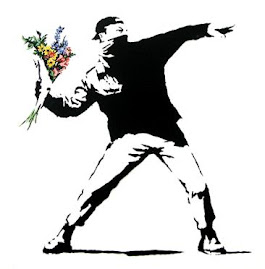“The offering of the body in prayer is at the heart of life and includes everything in our daily life.” (124) So writes Caryll Houselander. She speaks of it “giving the majesty of liturgical action.” She adds that we “carry this idea into the world…making life a liturgy.” When we live this way, we do so with liturgical power.
For the large majority
of 2015, we worshipped with the Episcopalians.
I’m grateful to have gotten better acquainted with the Episcopal Church
and with its liturgy. I have come to
admire the Book of Common Prayer. I love
its beauty
and the way I have been introduced to actually singing much of the service.
That includes the Gloria in Excelsis (“Glory to God in the highest”). In a number of ways, that worship has soaked
into me. (I even make the sign of the
cross!) A couple who invited us for
dinner said they like the structure of the Episcopal service.
Still, seeing at a
distance where you’ve come from lends a new perspective and appreciation. That’s been my experience as a
Presbyterian. I told Banu that I have a newfound
understanding and affection for our Book of Common Worship. That also applies to the Hymnal, which even
has the Gloria in Excelsis as numbers 566 and 575. (That’s the “blue” 1990 version!)
And truth be told, I
prefer the prayers of confession of sin and the prayers of the Great
Thanksgiving, which accompany the Eucharist (or the Lord’s Supper). I like the variety in them, as they change
with the seasons of the church year. The
Presbyterian liturgy has a number of affirmations of faith, not just the Nicene
and Apostles’ Creeds. I know that these
things are true of some other church liturgies.
Having said all that,
if these various aspects of worship do not result in our living liturgically—if
we do not carry this beauty, majesty, and love into the world—we are, as St.
Paul says, but “a noisy gong or a clanging cymbal”; we “gain nothing” (1 Cor
13:1, 3).








No comments:
Post a Comment